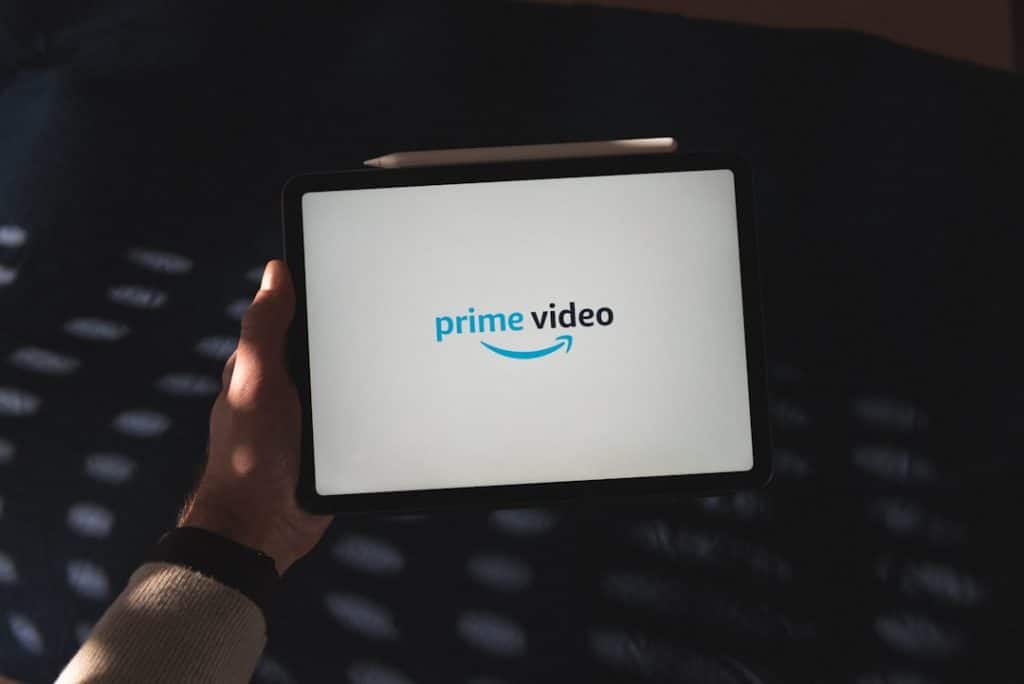How to Structure Amazon PPC Campaigns

When running an Amazon business, a well-structured PPC (Pay-Per-Click) campaign can make a tremendous difference in your visibility, profitability, and long-term success. Yet many sellers jump into advertising without a clear framework—resulting in wasted spend and missed opportunities. Structuring your Amazon PPC campaigns the right way is like giving your advertising budget a GPS. It ensures every click has a purpose and that data becomes easier to monitor, optimize, and scale.
Why Campaign Structure Matters
Before diving into specific strategies, it’s important to understand why structure is so important. A well-organized campaign:
- Makes data analysis easier and faster.
- Improves keyword performance tracking.
- Prevents overlap and cannibalization between campaigns.
- Enables better budget control.
- Helps in scaling successful campaigns efficiently.
Let’s explore how to build your Amazon PPC campaigns for clarity, control, and conversion.
Step 1: Define Your Advertising Goals
What are you trying to achieve with your PPC efforts? Is your goal to boost brand awareness, maximize profitability, or liquidate old inventory? Your objective heavily influences your campaign structure.
Common goals include:
- Launching a new product
- Increasing organic ranking
- Maximizing return on ad spend (ROAS)
- Protecting branded search terms
Once your goals are defined, you can move on to structuring your campaigns to align with those outcomes.
Step 2: Use a Standard Naming Convention
Using a consistent naming system across all your campaigns makes it much easier to manage and understand performance at a glance. A standard name might include:
- Product name or category
- Campaign type (Auto vs. Manual)
- Targeting strategy (Exact, Phrase, Broad, ASIN Targeting, etc.)
- Date or version number
Example: “YogaMat_Manual_Exact_2024v1”
Step 3: Organize Campaigns by Product or Product Groups
Don’t mix multiple unrelated products under the same campaign or ad group. This makes it harder to evaluate keyword efficiency and optimize bids. Ideally, each product (or tightly related SKU group) should have its own campaign structure. This grants you:
- Greater control over budgets
- Customized keyword strategies
- Clearer performance tracking

Step 4: Segment Auto and Manual Campaigns
Auto campaigns let Amazon do the targeting. They’re great for research and discovering potential converting terms. Manual campaigns are where you get more control by targeting specific keywords or products.
A good strategy is to start with an auto campaign to collect data, and then use that information to build out your manual campaigns with higher-performing keywords or ASINs. Keep them separate so you can evaluate each format on its own merits.
Step 5: Break Manual Campaigns by Match Type
Within your manual campaigns, create separate campaigns or ad groups based on match types: Exact, Phrase, and Broad. This allows you to adjust bids more precisely and control how your ad appears in search results.
- Exact Match: Targets highly relevant keywords. Best for proven, high-converting terms.
- Phrase Match: Offers more reach while maintaining some specificity.
- Broad Match: Great for discovering new keyword variations but requires careful monitoring.
Step 6: Use Negative Keywords Wisely
As your campaigns run, you’ll start to notice search terms that waste ad spend without conversions. Identify these and add them as negative keywords in your Auto, Broad, or Phrase campaigns to prevent further loss.
Step 7: Track, Test, and Tweak
No PPC structure is truly “set it and forget it.” The best sellers audit their campaigns regularly, tracking major KPIs like:
- ACOS (Advertising Cost of Sales)
- Click-Through Rate (CTR)
- Conversion Rate (CVR)
- Spend vs. Sales ratio
Create a routine to optimize bids, pause underperforming keywords, and test new ones.

Final Thoughts
Amazon PPC can seem overwhelming at first, but a strong foundation makes it more manageable and profitable. By organizing your campaigns wisely—based on your products, goals, and keyword strategies—you’ll not only save money but also gain better insights for continued growth. Proper structure acts as both a map and a mirror: a map that guides your strategy, and a mirror that reflects your results more clearly.
Invest the time to structure your campaigns today so they can perform, adapt, and scale tomorrow.
